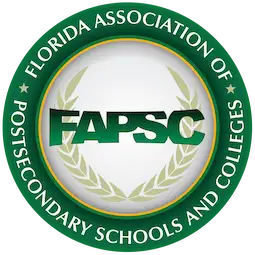“9-1-1, What’s your emergency?” -The 50-Year Anniversary
![]()
We take for granted that we can dial 9-1-1 and reach an emergency dispatch. People from 50 years ago did not have that luxury.
There was no central phone number for reaching emergency help.
Before 9-1-1, people would have to call the nearest emergency department directly. That meant having to remember the phone numbers for nearby fire and police departments, as well as ambulances and hospitals.
And if people were in an unfamiliar area, they would have to find a phone book and pay phone. Rifling through a phone book for the right number could take up valuable time in an emergency situation.
People also dialed 0 to reach an operator for assistance. Unfortunately, the operator was not equipped to take emergency calls and could not always identify the appropriate emergency phone number. There had to be a better solution.
The first 9-1-1 call
On February 16, 1968, the first 9-1-1 call was made in Haleyville, Alabama. The number combination of 9-1-1 was chosen because it did not conflict with other phone numbers or area codes, was easy to remember, and convenient for people to dial.
People in distress could call 9-1-1 without needing to find a complicated phone number or remember the phone numbers of local fire, police, and ambulance departments.
Advancing technology
The technology for 9-1-1 calls has advanced since that first call. Now, 9-1-1 dispatchers can get addresses from GPS coordinates provided by a person’s cell phone. People can even press an emergency button on their phones that dials 9-1-1 for them.
Some areas also have text-based emergency messaging. This can be helpful in cases of kidnapping or hiding from a burglar. Text messages can be sent without alerting the intruder.
The basic 9-1-1 system has evolved over the past 50 years and will continue to improve. Not only will location accuracy get even better, but there might be new and better ways for people to reach emergency help that we have not thought of yet.
Only 96 percent of Americans currently have access to the 9-1-1 service. When it began, only about 17 percent of the population were able to access it. The goal is for 100 percent of America to be able to reach a 9-1-1 service and receive the emergency help that they need in a timely manner. We will have to see where we are 50 more years from now.














